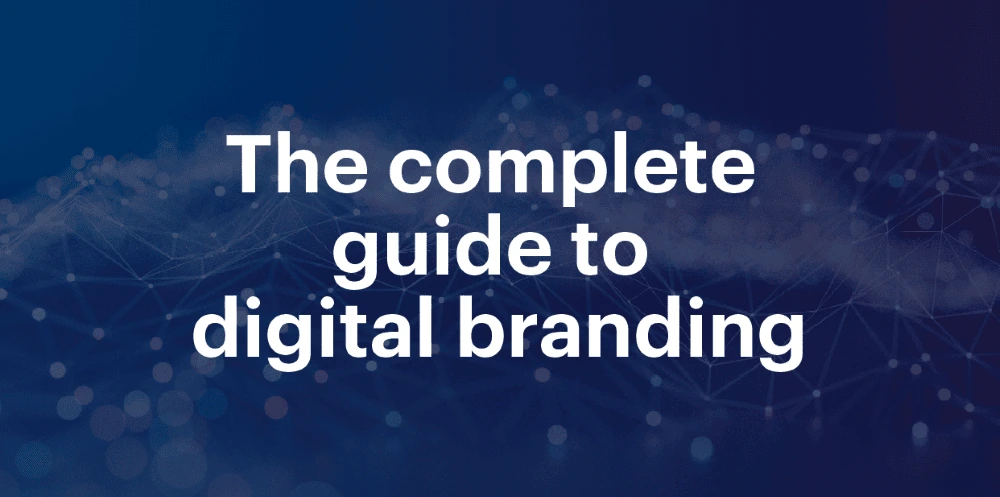Do you want to learn how you can make your company stand out from the crowd?
Or how to position your company so a prospect sees you as the only viable option when choosing between you and a competitor?
And finally, do you want to learn some little-known tricks that some of the biggest companies in the world use to turn people into loyal fans?
You’re in the right place.
Related: The 7 key elements of corporate and brand identity design
By the end of this article, you’ll understand what digital branding is, why it’s important, and how you can adapt the methods big brands like Nike & Apple use to sell more products.
You’ll see concrete examples of how to plant in your prospects’ minds the brand image you want them to perceive.
Whether you want your company to be seen as the best, the cheapest, the fastest or the best customer experience, these actionable techniques will help you.
But before getting into the strategy, let’s cover the basics.
What is branding?

How would you describe this shape? It’s called a swoosh. But, you know what’s really interesting?
Most people don’t know what a swoosh is. And most people don’t know why Nike adopted it as a logo or what this shape is supposed to convey.
Still, we’re willing to pay more for a T-shirt with this shape on it than for a plain T-shirt made with the same cotton.
Nike isn’t the only example, of course. Take Mercedes or BMW—or any other well-known brand. Do you know what their logo means? Their history? Why they’re better than their rivals?
If you’re a huge fan, maybe. But, most people don’t.
Still, we have preferences. When it’s time to open our pockets, we eventually choose one over the other. How and why do we choose one over the other if we don’t know that much about either?
The answer might seem a little obvious: because they made us feel something.
When you buy a Mercedes, you aren’t just buying a car. You’re buying status. When people see you driving it, you feel accomplished, educated, wealthy and so on.
When you buy a fresh pair of Nike Jordans, you feel empowered like a great athlete, you feel like you’re going for it, and you almost feel like a star.
Why do we feel that way? Because that’s how brands are telling us to feel.
Branding is not what people know about your company, products or service. It’s not a static set of characteristics to remember about you. It’s not your content marketing, social media or creative advertising.
Branding is everything you do to make people feel a certain way.
This leads us to our next question.
Why is digital branding so important?
Why should you put a lot of effort into making people feel a certain way about your brand?
Imagine you go into a sports store to buy a T-shirt. You have three brands sitting in front of you: Nike, Adidas and a generic brand. All the same color. All the same fabric.
You don’t care about the material since they’re all made of basically the same fabric. They look the same. They feel the same. The only difference is the logo and the price.
But in a matter of seconds, you make a decision. You decide intuitively that brand A is better than brand B. And that’s why branding is important.
Branding is a promise that buying a product from brand A will give you more benefits than buying a product from brand B.
Now, how do you plant the perception in people’s minds that your brand is better than your competition?
This leads us to our next section.
Essential digital brand management tips
Branding shares similar principles whether it’s happening online or offline. Your goal is to make people feel a certain way about you, no matter what channel you’re using.
Since everything is shifting towards the digital world, below you’ll find mainly digital brand management tips that will help you build your online identity and stand out from the crowd.
1. Find your core values. What do you stand for?
If you want to build a strong, lasting brand, you need a strong, lasting strategy. Any powerful branding strategy starts with the company’s core values.
Here’s Apple’s mission statement from 2017:
“Apple designs Macs, the best personal computers in the world, along with OS X, iLife, iWork and professional software. Apple leads the digital music revolution with its iPods and iTunes online store. Apple has reinvented the mobile phone with its revolutionary iPhone and App Store, and is defining the future of mobile media and computing devices with iPad.”
Words like “the best,” “leads,” “revolution” and “reinvented” clearly tell you that creativity, innovation and being different are things Apple cares deeply about. And we’ll see in a minute how they express that.
But first, let’s return to a previous example: Nike. What does Nike stand for?
It isn’t about the shoes. It’s about great athletes, striving and going for it. It’s about being the best version of yourself. Or, to put it in their words:
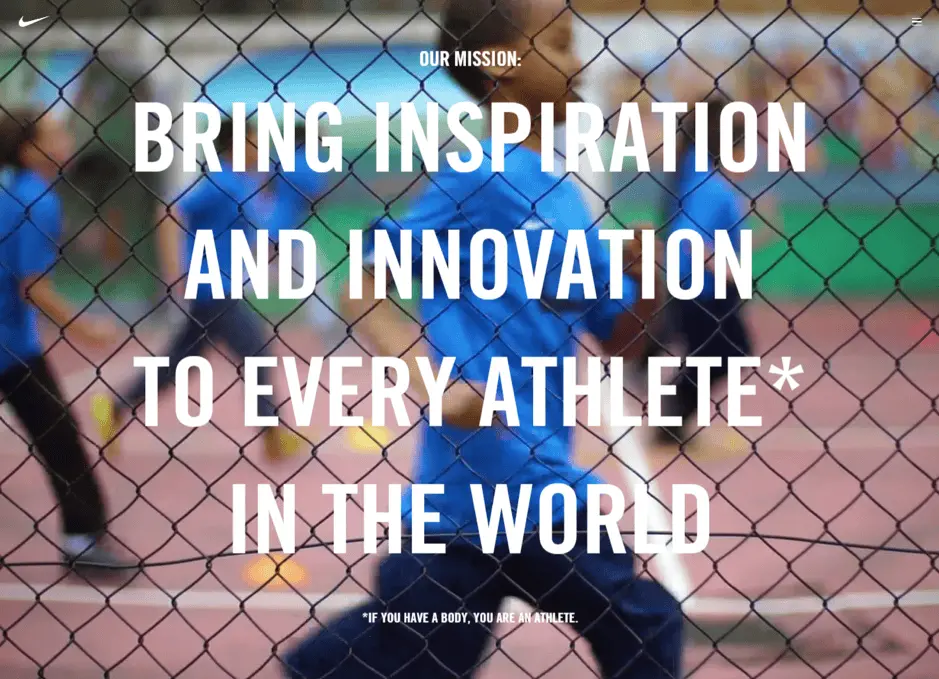
“Our mission is what drives us to do everything possible to expand human potential. We do that by creating groundbreaking sport innovations, by making our products more sustainably, by building a creative and diverse global team and by making a positive impact in communities where we live and work.”
Considering these two examples for reference, how do you want to be perceived by people?
- Are you the best?
- The fastest?
- The cheapest?
- The most luxurious?
- The most reliable?
At Lucidpress, our mission is to make creating beautiful, on-brand content quick and easy for everyone. We believe each brand has a story, and our graphic design software exists to make it easy for brands to tell their stories visually. You can see how this mission influenced our homepage design:
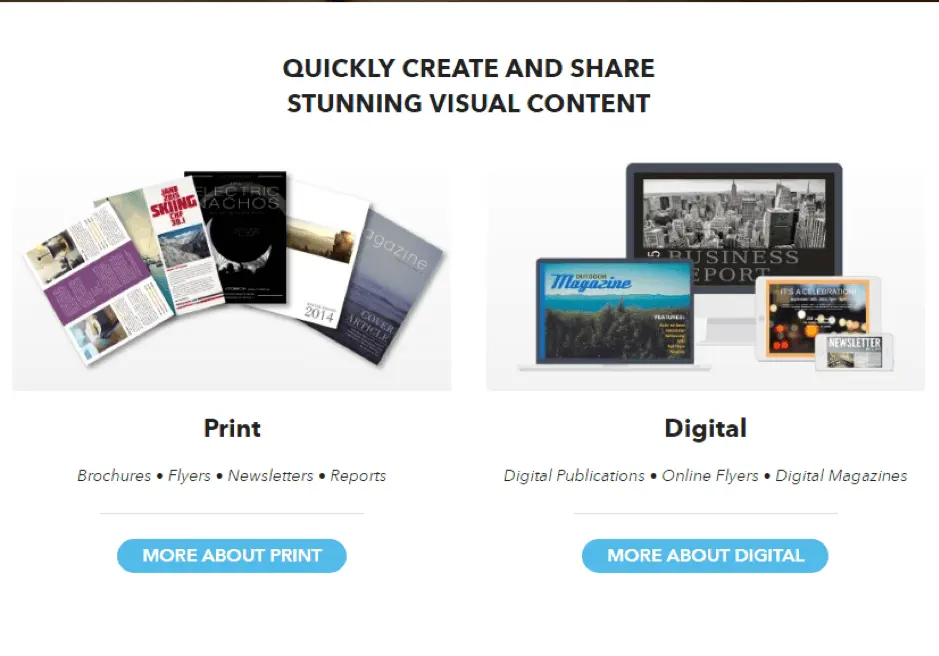
2. Express those values consistently in everything you do
If you want people to feel about you in the way you decided, you have to keep representing those values in everything that you do.
Let me give you some examples to show what I mean.
We mentioned earlier that Apple stands for creativity, innovation, and being different, right? Here’s how they express it, even in the small details.
Not that many years ago, there were only black headphones. That was the norm.
When Apple released the iPod, they had a problem. The device lived in people’s pockets, so no one could tell you were listening to an iPod just by the sight of your black headphones.
What did Apple do?

They designed white headphones.
As psychologists and business experts have noted since the iPod’s release, the decision to make its earbuds white sent Apple’s reputation as an uber-cool company into the stratosphere.
That’s an offline branding example. Here’s how they deal with digital branding on their website.
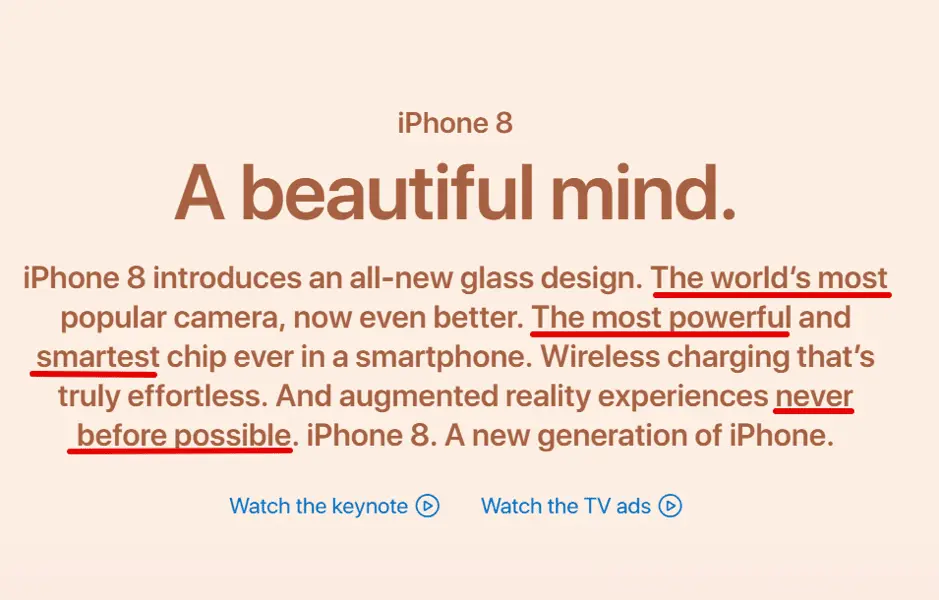
- “A beautiful mind.” —> creativity
- “The world’s most popular camera” —> excellence, the best
- “The most powerful and smartest chip ever in a smartphone.” —> excellence, the best
- “And augmented reality experiences never before possible” —> innovation
In every aspect of its communication, Apple keeps repeating its core values.
Even if it’s not explicitly stated, they suggest them to you, which is often more powerful than just saying it.
Let’s return to Nike. As stated earlier, they don’t just sell shoes. They celebrate great athletes, and they want to expand human potential.
If you look at their digital branding, you rarely see pictures or videos showing off their shoes. Instead, you see athletes and performers being the best version of themselves, exemplifying one of Nike’s core values.
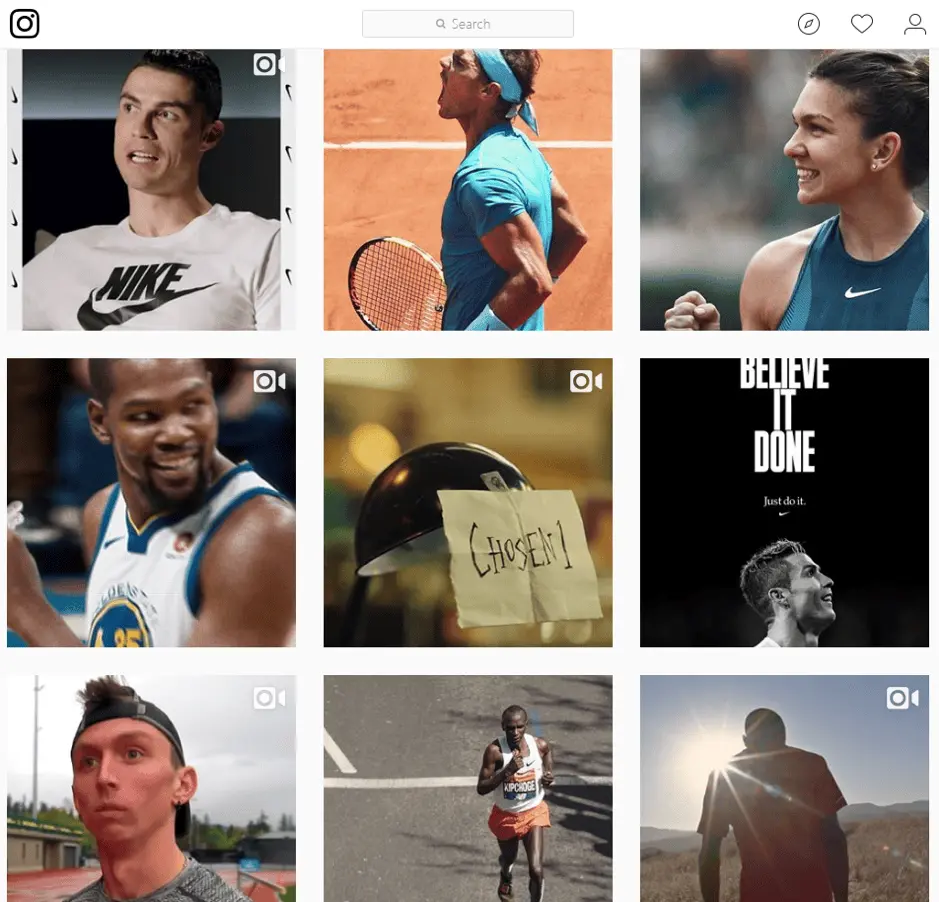
3. Keep your style & communication consistent
If you want people to recognize your brand instantly, then keep your style consistent across all channels, including digital branding and offline branding.
What do I mean by style?
It’s the fonts you use. The colors. The tone of voice. The choice of words. Your logo. Everything that defines what your brand is. This area of branding is also known as brand identity design.
Here’s a digital branding example from Carlsberg. If you take a look at this post, you’ll see that they’ve repeated part of their value proposition: probably the best beer in the world.

For more, head over to their Instagram profile. Almost every post uses green, and they use their value proposition innovatively to describe experiences related to enjoying a beer.

Or on this real-world banner where they don’t even show the bottle, but you can instantly recognize it’s about Carlsberg.

This consistency builds recognition and trust, because the brand has become a familiar personality people can relate to.
4. Make it easy for people to understand
Find a way to concisely tell customers who you are. And I’m not referring just to the tagline here, but to your communications as a whole.
Don’t try to play clever word games that become too complicated. Don’t try to use big words and phrases that have no real meaning.
Your message should be closely associated with your brand’s values, and you should condense it into one or two sentences.
This part of the brand building process goes beyond your logo and tagline to define:
- who you are
- what you offer
- why people should care
To summarize, your definition should be instantly understandable while simultaneously striking an emotional chord. Make it resonant.
Think about it this way: You don’t have half an hour to explain to your customer what your company does. In most situations, especially if we’re talking about digital branding, you barely have half a minute.
Carlsberg is probably (see what I did there) one of the best examples of a clear value proposition.
But as I mentioned earlier, it doesn’t have to be about the tagline. Effective digital branding can be done in the details, like your website’s headline, the signature of your email or a short description on your business card.
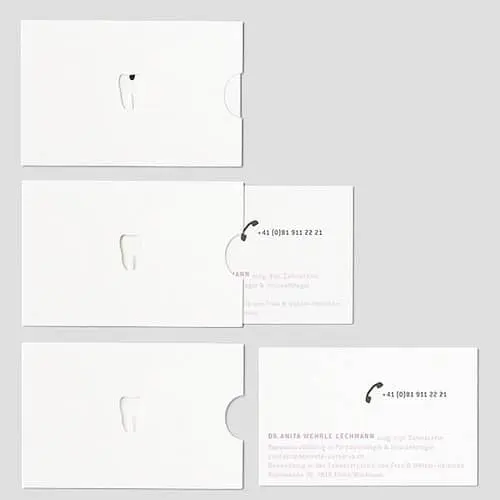
Okay, so we’ve reviewed a few crucial digital branding tips. But, how do you make sure your brand stays consistent throughout all your marketing channels?
What if you go through a rebrand? What if your marketing team goes through some personnel changes? How do you make sure your brand maintains its style and core values?
Fortunately, we’ve got some tips here, too.
5. Establish brand guidelines with a clear identity
To make sure everyone is on the same page, you need to have documented brand guidelines that anyone in the company can find and use.
It’s a document that contains all the rules for composition, design, and general look-and-feel of all a brand’s collateral.
For ideas and inspiration, here are a few great brand guideline examples.
Medium
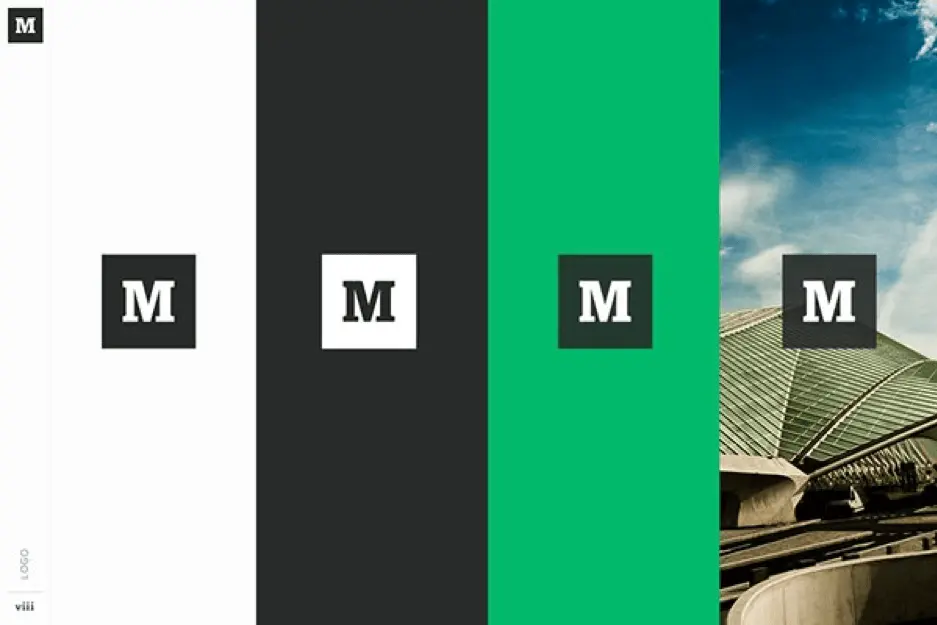
See the full brand guide here.
Skype
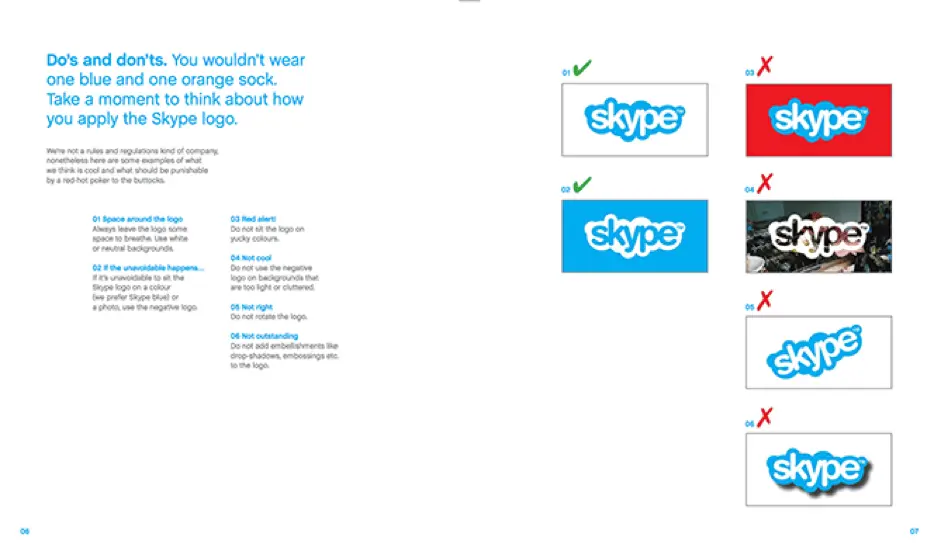
See the full brand guide here.
Scrimshaw Coffee
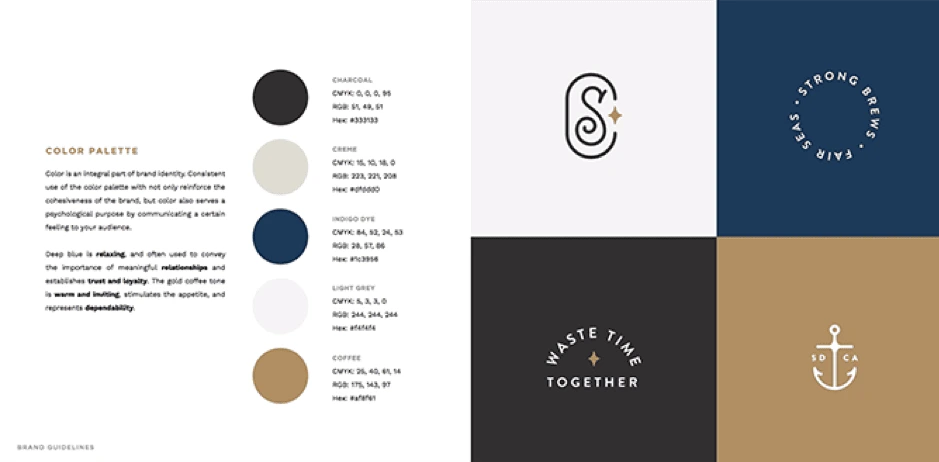
See the full brand guide here.
If you want a few more great examples, check out our post: 10 best corporate identity design examples
And if you’re ready to create your own brand guidelines, we’ve got a handy template to help you get started: Brand style guide template
Speaking of templates, let’s move onto our next point.
6. Invest in templates which reflect your brand’s aesthetic
Ok, so you have the guidelines. But, what if a new person joins the team and hasn’t managed to get a solid grasp of them yet?
One easy way to minimize errors is to invest in a designer who can create “best practice” templates that are in line with your brand’s ethos and aesthetic.
This ensures no one in your company has to take matters into their own hands, because they can draw on templates that reflect your brand every time they create a new document.
If you’re using Lucidpress, you can customize templates to easily create stunning content without having to start from scratch every time. And because of its innovative Brand Assets feature, you can make sure everyone is using the latest version of your branding elements. Fonts, colors and logos are all pre-loaded and ready to go.
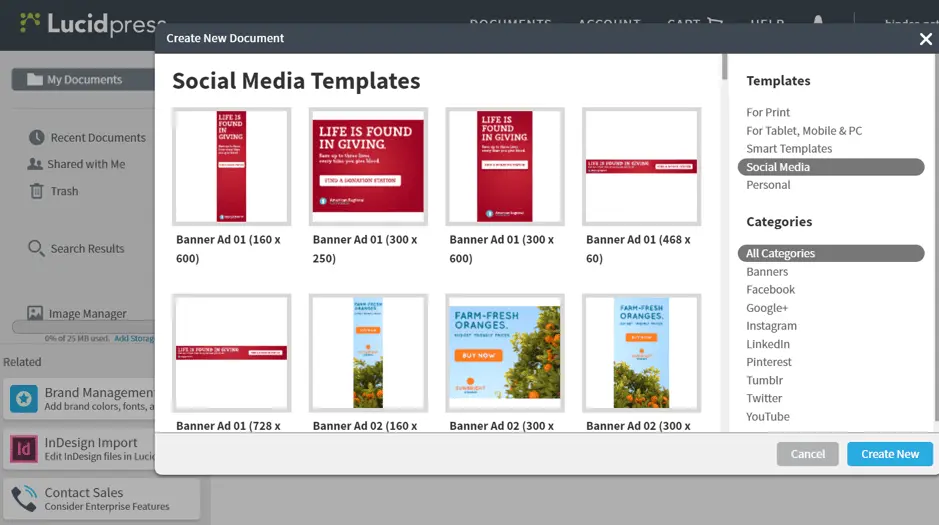
7. Make sure you update your brand messaging & visuals everywhere
At this point, you have (or will have) a brand manual and a handful of templates that are in line with your brand aesthetic.
But, what if you go through a rebranding? What if your designer has to make a small change to your logo—how do you ensure your team uses the right version?
There are two ways to avoid this.
The hard way: You create a spreadsheet where you keep track of every edit you’ve ever made. Of course, you realize how tedious this can be—not to mention this method isn’t foolproof.
The easy way: You can use brand management software to make things much easier, and you can be 100% sure there are no errors.

Of course, we’re biased here, but with Lucidpress, your team has access to all brand assets in one place. Beyond that, you can lock down branded elements in your templates that should never be changed.
Lucidpress also offers real-time collaboration, which makes it easy for anyone on the team to work together and make sure your brand stays consistent throughout every channel.
Key takeaways
There are two main things I would like you to remember from this article.
1. Consistency is key to building a strong brand.
A strong, lasting brand takes years to be developed. Just look at the big brands out there. There’s no such thing as an overnight success. That’s why consistency is key.
2. Start with your company’s core values.
Before starting any brand marketing, make sure you clearly define your company’s brand identity. Your values, who you want to be, how you want people to perceive your company.
Because if it’s not very clear for you, don’t expect it to be clear to customers—no matter how often you’re communicating with them.
When you know exactly what you want to communicate, you’ll easily find ways to convey that message, and your audience will notice.
